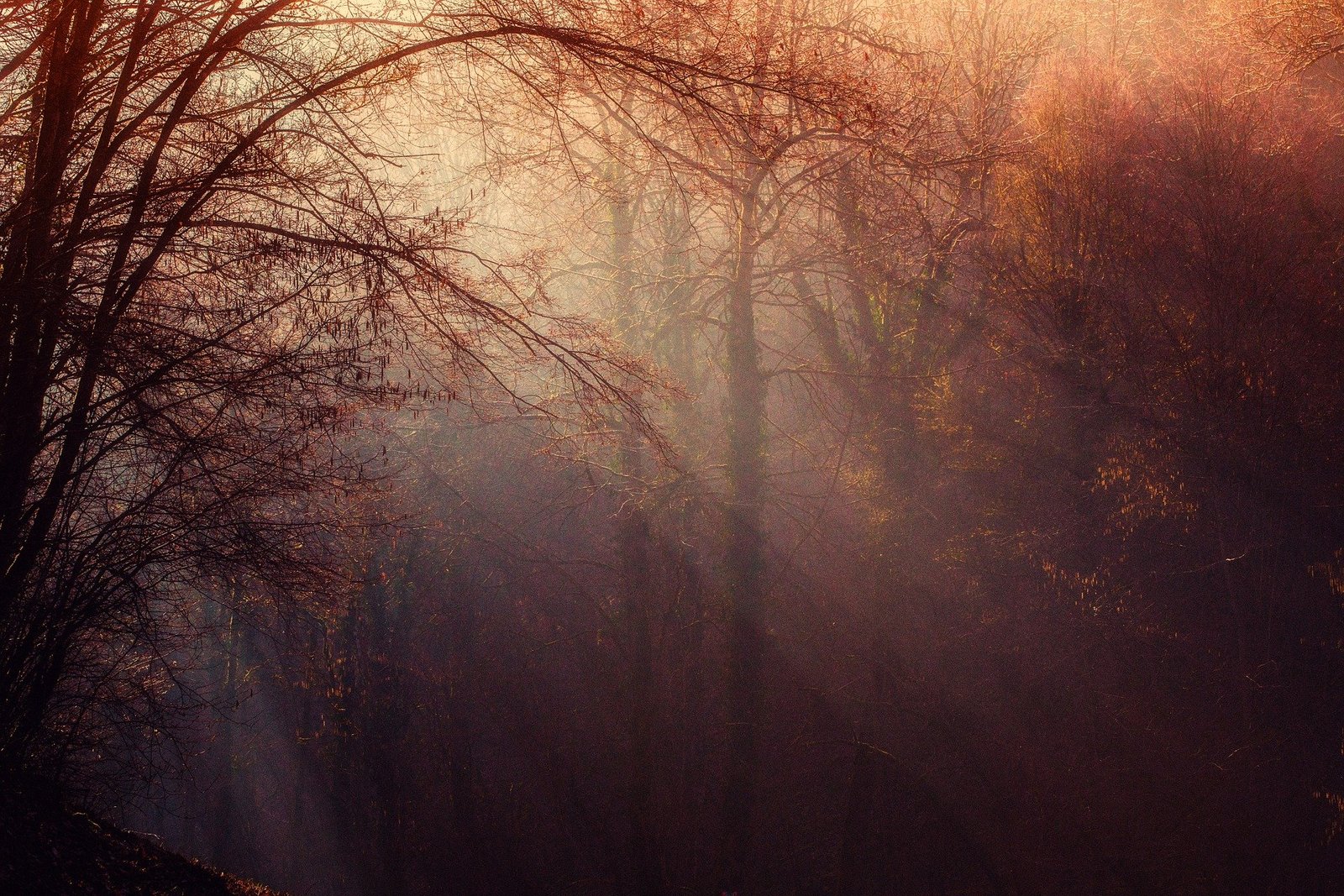Who is Mabon ap Modron?
Autumn Equinox 2021

Ever wondered why some people call the Autumn Equinox festival “Mabon”? The name doesn’t really do much to suggest an equinox – these mark the time when day and night are roughly equal in length, so of course at the autumn one we’re moving into the darker half of the year.
According to Sorita d’Este, writing on the well-known Patheos.com website, the name Mabon for the equinox has only been in use since the 1970s after the writer Aiden Kelly named it as such due to a mistaken assumption about similarities between the story of Demeter and Persephone and that of Mabon, although Persephone was taken as a young woman for reasons we know only too well, while Mabon was taken as a baby, but by whom and for what purpose remains unknown.1
Whether we choose to call it Autumn Equinox or Mabon, however, this does seem like an excellent time to look at what we know about Mabon ap Modron – Mabon, son of Modron – as he’s frequently named in texts: not that we have a great many to refer to! Mabon does appear in the tale of Culhwch and Olwen in the Mabinogi, and this narrative has been referred to as the most ancient surviving prose tale in medieval Welsh and the “Oldest Arthurian tale”.2
Briefly, a giant named Ysbaddaden Pencawr is fated to die should his daughter Olwen marry, so naturally he goes to great lengths to preserve her virginity. Culhwch, the hero of the tale, has been cursed by his stepmother never to wed unless it be to Olwen, but when Culhwch tries to court the maiden her father sets him a series of impossible tasks, culminating in the odd-seeming requirement to retrieve scissors, comb and razor from the head of the dreaded wild boar, Twrch Trwyth. Culhwch obtains the help of his cousin, King Arthur, and many others, each with a special talent. Ysbaddaden tells Culhwch of the people he will need, all the while stressing how unavailable each of them is, and one of the essential helpers is Mabon ap Modron, without whom no-one can handle the dog Drudwyn, essential to hunting the terrifying boar. But no-one knows where to find Mabon.
Culhwch, Arthur and the other warriors decide to ask the oldest animals where Mabon can be found. First they go to the Blackbird of Cilgwri, a place now unknown but possibly near Bala, in the Corwen area. The Blackbird is unable to help but takes the party to the Stag of Rhedynfre. Likewise, the Stag is unable to tell them but leads the way to the Owl of Cwm Colwyd, who also can’t help, but takes them to the Eagle of Gwernabwy, the oldest animal in the world. The eagle is also unaware of Mabon’s whereabouts but offers to take them to the Salmon of Llyn Lliw.
The Salmon does know a little and says that he sometimes goes upriver to a bend in the wall of Caer Lloyw (Gloucester). He offers to take two of the men there, where they could hear weeping and wailing and when they ask who is weeping the man tells them that he is Mabon son of Modron, most mournfully imprisoned. Arthur and his men attack the Caer and finally Mabon is freed. Joined by the men of Cornwall and Devon at the mouth of the Severn the companions succeed in forcing Twrch Trwyth into the river, whereupon Mabon and helpers retrieve the razor, comb and scissors, and the boar is finally driven into the sea. So at last, Ysbaddaden can be shaved – and killed – and Culhwch can finally wed Olwen.
The story of Culhwch and Olwen is thought possibly to be the oldest in the Mabinogi, and the way in which the oldest animals have to be sought out and asked does support this. We never do discover why Mabon was taken and imprisoned, even though he is one of the “three exalted prisoners” of the island of Britain, according to the Trioedd Ynys Prydein:
Llŷr Half-Speech, who was imprisoned by Euroswydd.
and the second, Mabon ap Modron,
and the third, Gweir son of Geirioedd.3
The name Mabon ap Modron means divine son of the divine mother, according to a very comprehensive blog post by Kris Hughes.4 Apart from a couple of brief mentions in other Welsh poems/stories, there is little more to go on. There is at least one St Mabon, who may or may not have been a real person in the Age of Saints – Llanfabon, near Merthyr Tydfil, has a church dedicated to St Mabon. The name of the town of Ruabon, near Wrexham, comes from “Rhiw Fabon” or “hillside of Mabon”, although this isn’t reflected in the town’s church, which is dedicated to St Mary. In Cornwall, near Wadebridge, the eponymous church of St Mabyn is said to be dedicated to a female saint of that name, but there is evidence that this church too was founded by a St Mabon.5
A more likely connection is with the deity Maponos, found in Scotland and northern England and often identified with Mabon. Five Roman inscriptions made to Maponos equate him with Apollo, and certainly some of the latter’s attributes would seem to fit: hunting, athleticism and youthful beauty and of course, for Apollo, sun and light.

Roman altar, Hexham Abbey: the inscription is to Apollo Maponius6
The story goes that Urien met a woman washing at a ford in Denbighshire. After he had his way with her she blessed him and told Urien that she was the daughter of the King of Annwn, and that she would bear his child, although in fact the resulting birth was of twins: Owein and his sister, Morfydd. We don’t know if Modron bore Urien any further children but it is interesting that the mountain Moel Famau, now part of a popular AONB8 , is nearby – the name means “the Hill of the Mothers”.
I am no longer surprised that every research road I take, every story examined in detail, leads me back to Goddess one way or another. She is here, whether hiding in plain sight or disguised by language as with Moel Famau, noted above. I’ll give the final word to the Anglesey Druid Order in their page about their island of Anglesey, or Yns Môn, Mother of all Wales:
“Môn’s association with the Druids and Druidism, which continues to this day, suggests a deeper magic to the island, a magic which may well hide within the name itself. It has been suggested that the name Môn refers to a mother Goddess of the same calibre as Modron mother of Mabon.”9
Geraldine Charles
September 2021
- https://www.patheos.com/blogs/adamantinemuse/2019/09/did-mabon-steal-the-autumn-equinox/
- https://www.mabinogion.info/culhwch.htm
- Bromwich, Rachel, “Trioedd Ynys Prydein: The Triads of the Island of Britain”, 2016, University of Wales Press, Cardiff
- http://www.godeeper.info/blog/who-is-mabon
- https://archive.org/details/parochialhistory03gilb/page/64/mode/2up?view=theater
- Attribution: Mike Quinn / Roman altar, North Nave Aisle, Hexham Abbey / CC BY-SA 2.0
- http://www.godeeper.info/blog/who-is-mabon
- Area of Outstanding Natural Beauty
- https://www.angleseydruidorder.co.uk/about

